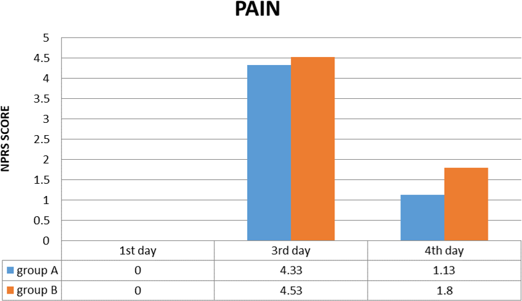Abstract
Muscle soreness appears after high-intensity unaccustomed exercise, especially eccentric exercise and it peaks between 24 and 72 hours post-exercise. It can result in reduced muscle power, range of motion hence impacting athletic performance. Different treatment strategies are available to alleviate symptoms of Delayed Onset Muscle Soreness (DOMS). The present study was done to draw a comparison between the effects of foam rolling and vibration therapy on pain, hip range of motion, sprint speed and lower limb power in subjects with exercise-induced muscle damage. It was a comparative Experimental Study design. The sample consisted of 30 Male students who were randomly allocated to 2 groups, i.e. Group A (Foam Rolling) and Group B (Vibration Therapy) with 15 participants in each group. Participants performed ten sets of 10 repetitions of back squats at 60% of their 1-repetition maximum, followed by either foam rolling or vibration therapy 24 and 48 hours post-DOMS protocol. Blood Creatinine level was measured before inducing DOMS(day 1) and after 24 hrs(day2) and 48 hrs(day 3) of recovery. Increase in serum levels of CK is used as an indirect marker of the microtrauma associated with DOMS. Pain, lower limb power, sprint speed and Hip range of motion were measured using Numeric Pain Rating Scale, Vertical Jump test, Sprint speed 30-meter test and goniometer respectively after 24 and 48 hours of recovery. Results showed both groups showed improvement on Day 2 and 3. However, Vibration therapy showed statistically better improvement compared to Foam Rolling group.
Full text article
Authors

This work is licensed under a Creative Commons Attribution-NonCommercial-NoDerivatives 4.0 International License.

